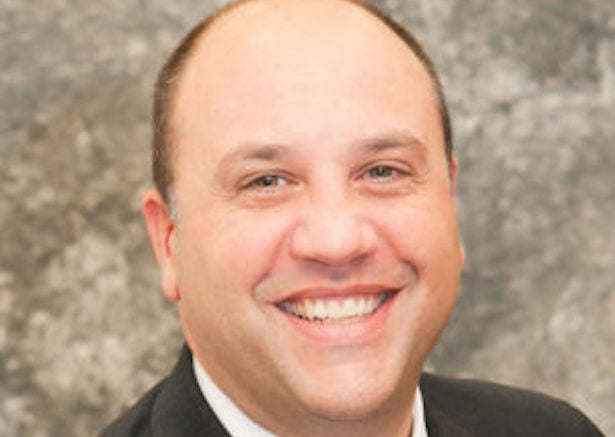MIAMI—Ask John L. Petricola, CCIM, if there is an urban resurrection taking place and he'll answer without missing a beat: Yes! Petricola is living it, in fact, with projects he is involved in asSVP and Southeast regional development officer for the Rockefeller Group.
[IMGCAP(1)](You can hear more of Petricola's in-depth views on the rise of urban centers when he speaks at the CCIM THRIVE Conference, slated for the Westin Bonaventure Hotel in Los Angeles, October 21 and 22.)
One of the primary drivers of the urban resurrection is the desire to be in a 24-hour community where people can live, work and play, says Petricola. “The ability of someone to live within walking distance of their place of work and lunch, dinner and entertainment venues really drives the desire to be in the CBD,” he says. “People in general have a lot less free time. If they can get rid of a car expense or leave it in the garage and walk to work it allows them that much more time and energy.”
That dynamic is particularly true in the Southeast, the SVP explains, stating that public transportation in that “car-centric” region is generally “not as robust” as it is in other areas of the country. That's an interesting point, considering that many new urban centers are focused around transit-oriented development. The trend in Florida, he says, is primarily one of “walk-to-work.”
And while there is an age component to the trend in the markets Petricola covers, it isn't a trend driven solely by Gen Y, although there is a contingent of younger renters who “aren't thinking of ever owning a house.” But in the Rockefeller Group developments coming on line—all market rate—Petricola says Baby Boomers are leading the charge, people who no longer want to mow the lawn and long to be closer to the amenities mentioned above.
Those projects include a 252-unit apartment, as yet unnamed, that just broke ground in Ft. Lauderdale. Just a block away from the CBD, the development is targeting the very demographic Petricola describes and offers “all the comforts of home, including a dog walk and bike storage.” He says his firm is already fielding inquiries about when it will be complete.
[IMGCAP(2)]
For those renters who want to walk to work, Petricola also points to Miramar Town Center, built on 40 acres in 2005 in what was the bedroom community of Miramar. The Rockefeller Group created a 500-plus unit apartment, 45,000 square feet of office and 175,000 sf of retail entitlements, essentially creating its own self-sufficient mini-CBD.
“We created an urban environment in miniature that would attract not only residents but business owners as well,” he tells GlobeSt.com. “Each use supplements and supports other uses.”
But what of older CBDs, where the infrastructure is aging? Petricola says he sees that as opportunity, noting that “the public good drives demand.”
A case in point is the firm's Flushing Commons in Queens, NY. “Part of the plan was a 1.5-acre public plaza,” he says. “That's where an urban project can bring more than just office and residential.” When the construction dust is clear on Phase 1, which will be sometime in 2017, the firm will have delivered 219,000 square feet of office and retail and 150 housing units. Total completion is set for 2021.
© Touchpoint Markets, All Rights Reserved. Request academic re-use from www.copyright.com. All other uses, submit a request to [email protected]. For more inforrmation visit Asset & Logo Licensing.







